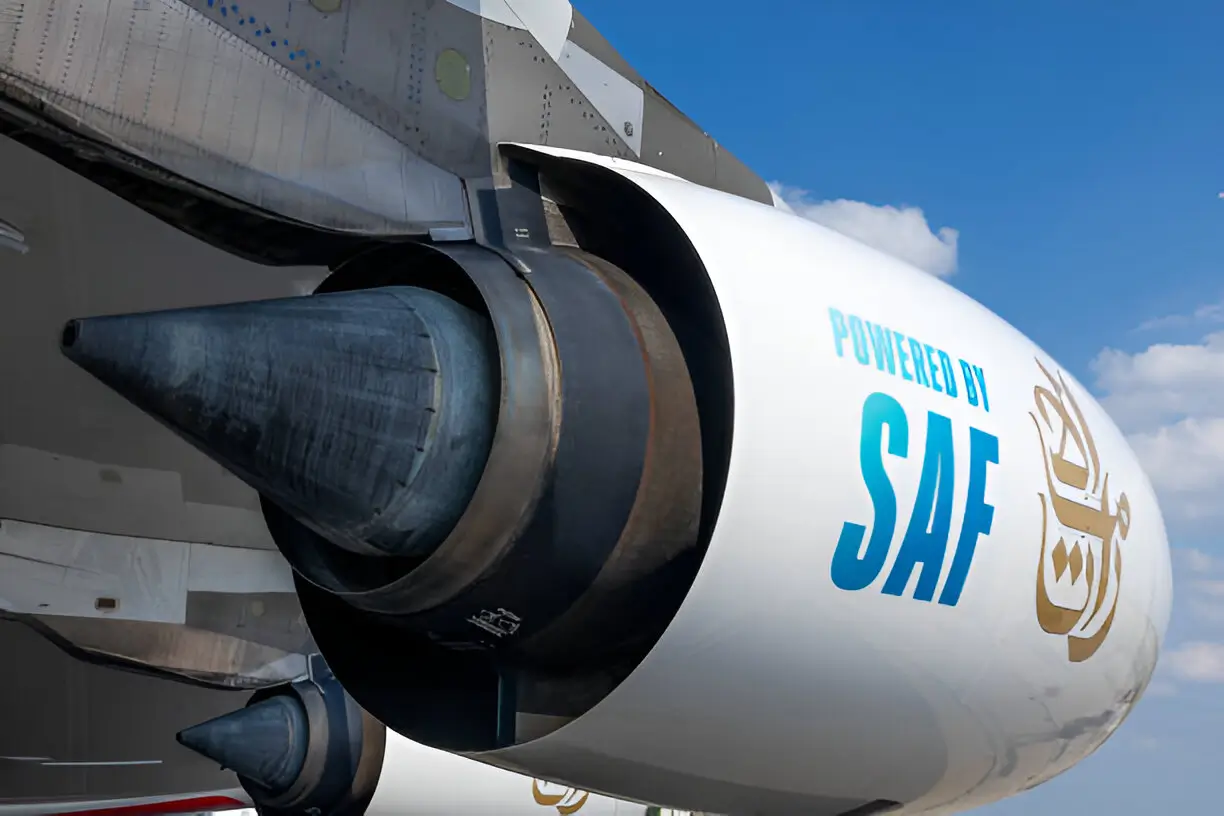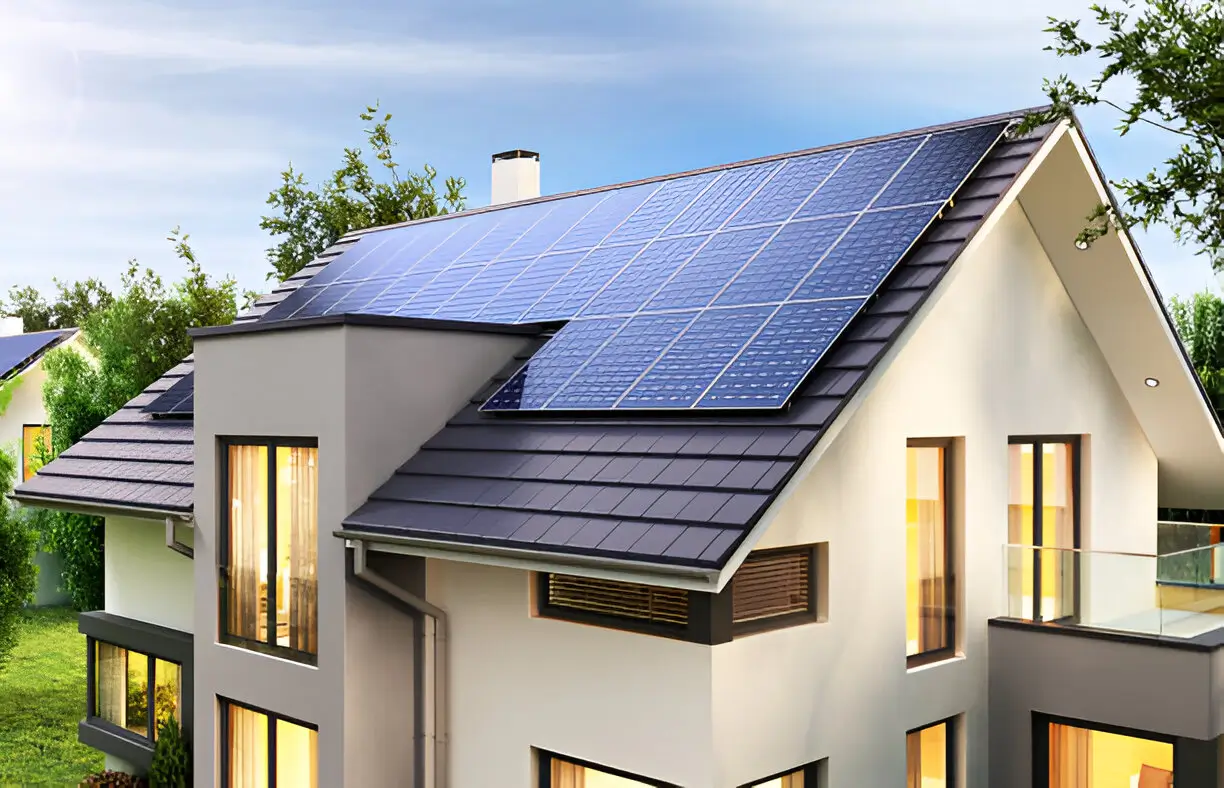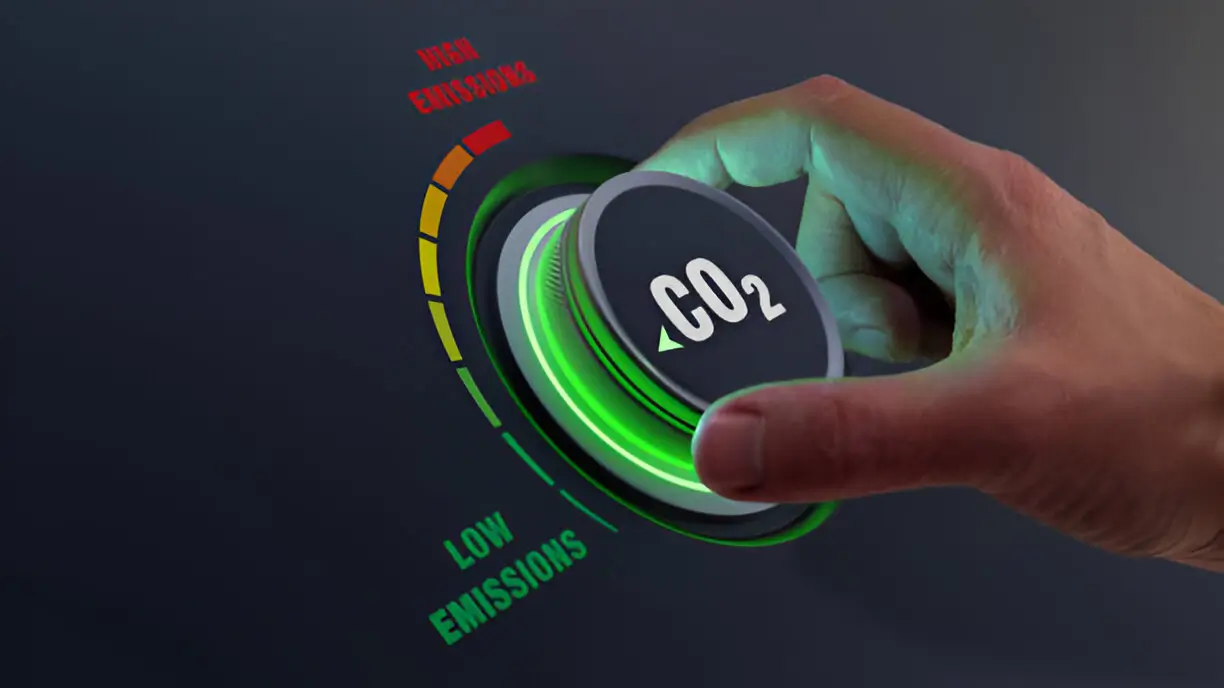What is Sustainable Aviation Fuel (SAF)?
Mr Behzad Rezaee
Sustainable Aviation Fuel (SAF) is produced from sustainable and renewable resources, making it more environmentally friendly than fossil jet fuel.
Known as a ‘drop in’ fuel, SAF can be blended with existing fuel or can completely replace it without changes to existing aircrafts, engines and infrastructure.

Where does SAF come from?
SAF can be produced from waste fats, residues from agriculture and forestry, and wet waste, as well as produced synthetically via a process that captures carbon directly from the air.
Used Cooking Oil (UCO), tallow and vegetable waste oils are the most used feedstocks in the industry, while forestry residues and non-biobased carbon are promising feedstocks for the future.
Why is SAF important?
The aviation industry (through the International Air Transport Association) has committed to achieving net zero carbon emissions by 2050, bringing air transport in line with the objectives of the Paris Agreement to limit global warming to well below 2°C.
Considering the transition to alternative energy sources, such as hydrogen or electricity, requires substantial changes to infrastructure and engineering, SAF is one of the most important solutions to significantly reduce the industry’s carbon footprint in the short term, as the aviation industry will continue to rely on liquid fuels in the near future.

What are the benefits of SAF compared to fossil kerosene?
The main advantage of SAF is the reduction of lifecycle CO2 emissions, with current SAF reducing emissions by 65–85%.* In the future, this figure could be even higher, depending on which feedstocks SAF is made from.
As SAF uses renewable feedstocks, it recycles carbon rather than adding carbon to the atmosphere, closing the carbon loop, as well as significantly lowering the aviation industry’s carbon footprint and dependency on fossil fuels.
SAF also reduces other harmful emissions like particulates and sulphur by 90% and 100% respectively, reductions critical for minimising the impact of climate change.**
To ensure SAF reduces emissions compared to fossil kerosene, emissions of both fuels are compared based on a Lifecycle Analysis (LCA). These analyses take the entire lifecycle of the product into account, including transport,
blending and combustion.

How are my flight’s carbon emissions reduced by flying with SAF?
SAF reduces CO2 emissions across its lifecycle compared to fossil kerosene. Fossil fuel adds CO2 to the atmosphere by burning carbon that was safely stored in the ground, creating a long carbon cycle as it took millions of years for this carbon to be stored in the first place.
SAF uses feedstocks or technologies that absorb carbon that was released into the atmosphere before, creating a short carbon cycle as the carbon emitted is absorbed and recycled in a relatively short period.




